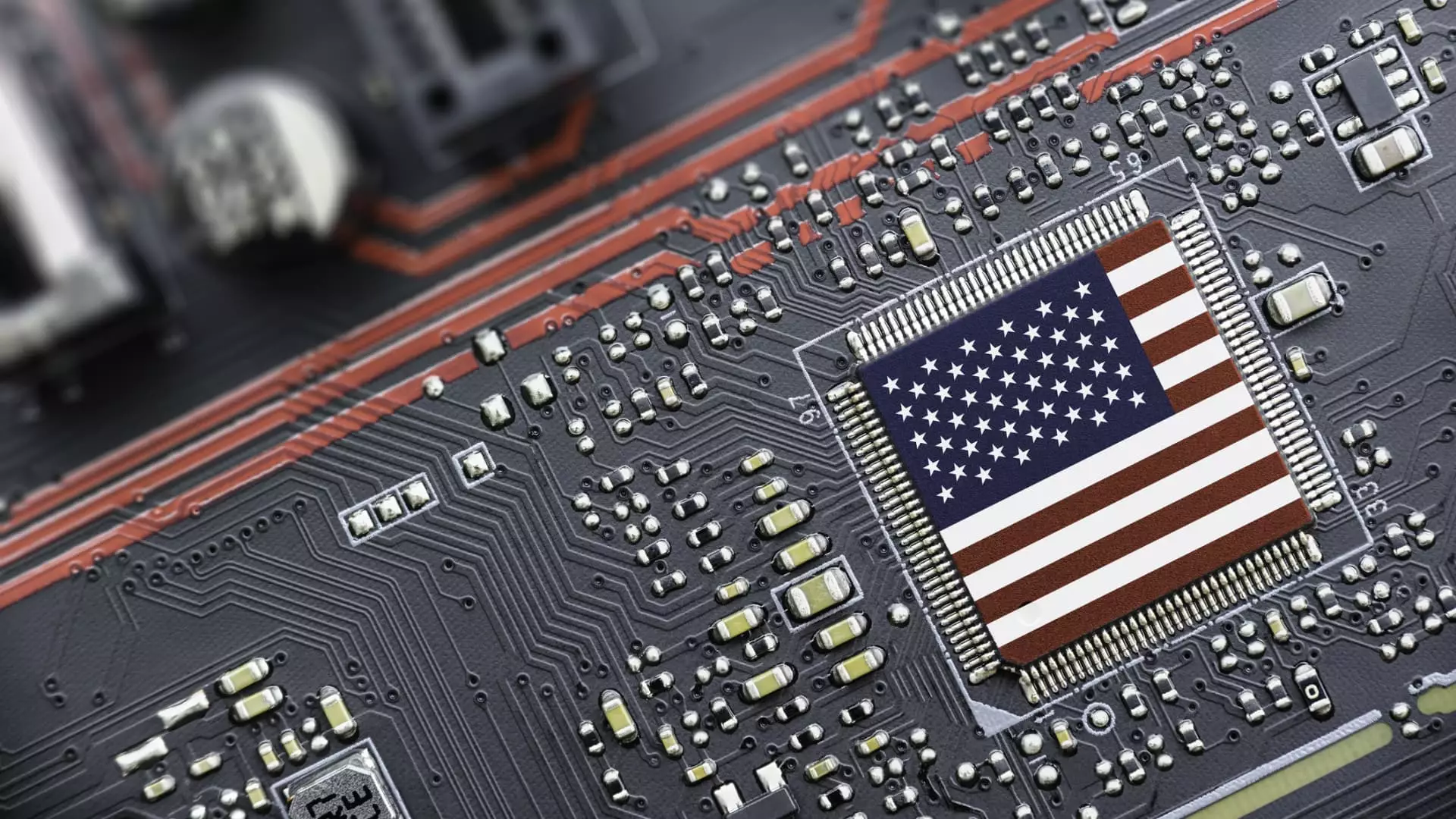At the core of modern technology, semiconductors have become indispensable, powering everything from smartphones to advanced military systems. Recognizing their vital importance, the U.S. Commerce Department has launched an extensive investigation into the implications of semiconductor imports and subsequent downstream products on national security. In an era where technological sovereignty is closely tied to geopolitical stability, this inquiry underscores a critical pivot in U.S. trade policy. The investigation serves as a strong reminder that the quest for technological independence is not simply about economics; it is fundamentally about safeguarding national interests.
Tariff Tensions and Trade Wars
President Donald Trump has long positioned tariffs as essential tools in reshaping America’s trade landscape, even as his administration outlined exemptions for several electronic products. However, the shifting narrative regarding semiconductor imports indicates that such exemptions may be fleeting. The Commerce Department’s probe is not merely academic; it paves the way for potential tariffs that could reshape the semiconductor landscape in the U.S. and beyond. Evidence of this intensified stance emerged during Trump’s recent proclamations about imminent tariffs, which tactically align with his administration’s overarching agenda to diminish reliance on foreign technologies.
The fundamental challenge lies not only in raising tariffs but also in effectively communicating the rationale behind them. This ongoing investigation reflects a blend of protectionism and strategic foresight, motivated by an urgent need to bolster domestic production capacities. Given the semiconductor supply chain’s extensive reach, any tariff implementation could ripple through various sectors, impacting pricing strategies and production timelines across the technology landscape.
The Call for Domestic Production
Initiatives aimed at fostering domestic semiconductor manufacturing capacity have gained momentum, evidenced by legislative measures such as the $280 billion CHIPS and Science Act. This landmark legislation exemplifies a proactive approach to counteract the vulnerabilities exposed by over-dependence on imports. With nations like Taiwan and South Korea dominating the market, the U.S. has found itself on precarious ground amid rising tensions. The overarching objective is clear: the U.S. must cultivate an ecosystem that nurtures innovation and production on its soil, eliminating excessive reliance on foreign entities.
Moreover, companies like NVIDIA are stepping up to the plate, announcing plans that signal a commitment to developing U.S.-based manufacturing capabilities. Such moves not only promise to generate jobs domestically but also bolster national security by mitigating risks associated with supply chain disruptions. The challenge, however, remains steep; transitioning to localized production requires substantial investment, innovation, and governmental support.
Geopolitical Implications
The Commerce Department’s investigation is set against a backdrop of escalating tensions not just in trade but in broader geopolitical rivalries. The semiconductor supply chain is a critical element of international diplomacy as nations jockey for technological supremacy. In this context, tariffs may well be a double-edged sword—while intended to protect and invigorate domestic industry, they can also provoke retaliation and further entrench trade disputes.
As tariffs on semiconductor imports loom, the intricacies of global supply chains come under scrutiny. Companies must adapt swiftly to the evolving landscape, balancing competitive pricing with compliance to emerging regulations. Strategic foresight will be crucial as businesses navigate these tumultuous waters. Innovation, after all, is not limited to the products themselves but extends to how companies position themselves within a now dynamically shifting market.
Looking Ahead
As the U.S. government deliberates on the outcomes of this investigation, public sentiment plays a crucial role in shaping policy. The open call for public comments is not merely procedural; it represents a democratic engagement that can influence the decision-making process. Stakeholders across the industry must voice their concerns, innovations, and recommendations, ensuring that the U.S. semiconductor policies reflect collective aspirations for a secure and resilient technological future.
In this era of uncertainty, the pursuit of semiconductor independence may realize its potential as a unifying force for U.S. manufacturing, driving innovation while fortifying national security. The path is complex, fraught with challenges, yet charged with opportunity. Perhaps it will be this moment that defines a pivotal shift towards leveraging domestic capabilities as a strategic national asset.


Leave a Reply